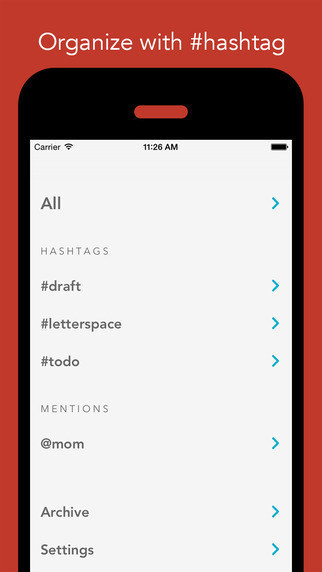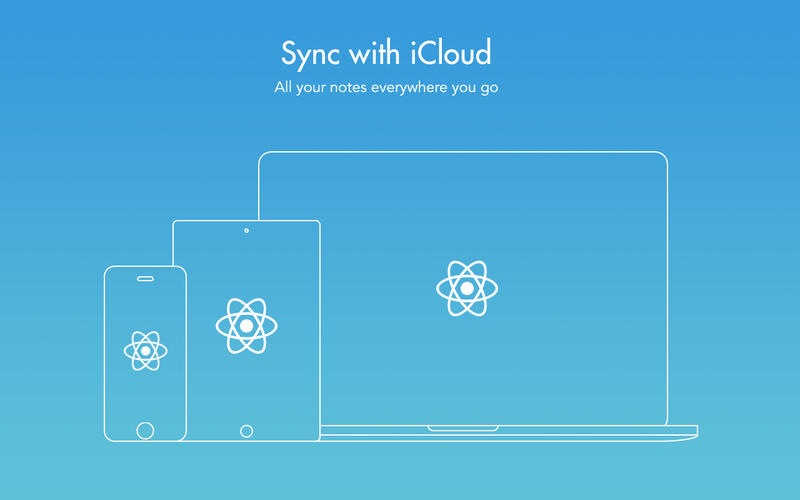
- LETTERSPACE ANDROID ANDROID
- LETTERSPACE ANDROID SERIES
Using the current locale reference from the companion object of the class, LocaleList.current. localeList – the locales uses to select locale specific text, given the text used in the component. A reference can be created by passing the horizontal scale to be applied to the text, along with the skew to be applied for the horizontal direction textGeometricTransform – declare a geometric transformation to be applied to the text. Using one of the predefined values from the companion object of the class. Using the BaselineShift constructor, passing in a float reference for the value of the shift. baselineShift – declares the vertical shift used from the baseline of the text, a reference can be created by either:. letterSpacing – declares the spacing used between characters using a androidx.ui.core.Em reference. fontFeatureSettings – used to provide any advanced typography settings for the font, as per the attributes used within CSS. – Providing our own font using one of the provided constructors: constructor(genericFamily: String) : this(genericFamily, listOf())Ĭonstructor(font: Font) : this(null, listOf(font))Ĭonstructor(fonts: List) : this(null, fonts)Ĭonstructor(vararg fonts: Font) : this(null, fonts.asList()) – Using one of the provided font families within the companion object: val SansSerif = FontFamily("sans-serif") There are a couple of options for how we can set this: fontFamily – the font family to be used for the text within the component. All – Both bold and italic styles will be synthesised if they do not exist in the desired font family. Style – only italic fonts are synthesised when the font family does not contain the italic style. Italic style fonts will not be synthesised Weight – only bold fonts are synthesised when the font family does not contain the bold style. None – if the value does not exist for the given font family, then the default style will be applied to the font. fontSynthesis – this allows us to state whether or not the system should try to ‘fake’ a bold / italic style for a given font when the font family does not contain the requested style. fontStyle – style to be used for the text. For this we must use on the weights defined in the companion object for the class: fontWeight – weight used for the text. This will essentially multiply the declared fontSize by this scale 
fontSizeScale – value used to scale the given fontSize by.fontSize – size of the font, using an androidx.ui.core.Sp reference.color – an androidx.ui.graphics.Color reference used for the color of the text.Let’s take a look at each of these TextStyle attributes and the required data when it comes to setting them: You may have noticed that each of these is nullable, with a default value of null – this means that you only need to provide the attributes that you want to style. Val textGeometricTransform: TextGeometricTransform? = null, Val baselineShift: BaselineShift? = null, Val fontSynthesis: FontSynthesis? = null, As we can see below, there are a collection of different properties that we can set here: data class TextStyle( When it comes to defining the style attribute for the text component, we need to use an instance of the TextStyle class. SelectionColor – an androidx.ui.graphics.Color reference used for the styling of the component when the text is selected We’ll cover this in depth in the next section below TextStyle – an androidx.ui.text.TextStyle reference used to declare the different attributes used for styling the text. ParagraphStyle – an androidx.ui.text.ParagraphStyle reference used to declare the different attributes for styling paragraphs. For example, let’s take some text without any customisation: Using the Text component out of the box does not require too much from our side if we just want to display some text on screen. SelectionColor: Color = DefaultSelectionColor

Overflow: TextOverflow = DefaultOverflow,

This component provides us with a collection of attributes to control the appearance of our text. When it comes to text, we have a Composable Text component located in the androidx.ui.core package. In this article we’re going to start with the Text component, something that we’re likely to use in most of our applications.
LETTERSPACE ANDROID SERIES
In this series of articles I want to dive into each of the components that are available, exploring how we can utilise each of them within our applications. To get started with jetpack compose, there is a great tutorial on the official developer site.
LETTERSPACE ANDROID ANDROID
Within Android Studio 4.0 Canary 1 we can start exploring Jetpack compose, a new way to build the UI for your android applications in a declarative manner.







 0 kommentar(er)
0 kommentar(er)
